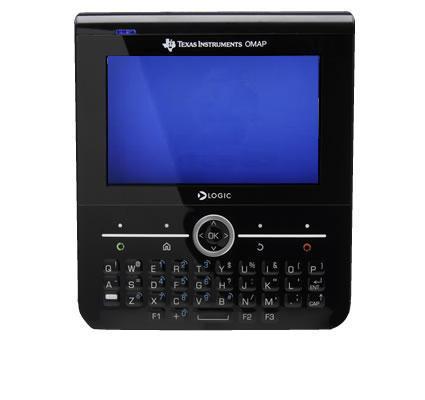Without solid numbers it’s hard to say (Steve's guess: half a million in total), but the Nexus one is not likely to have been a huge selling phone. Did it become an overnight sensation, did it get into the hands of everyone in the world in one magical swoop?
No. In terms of volume, yes it failed. But I doubt that this was the goal of the device. If it had taken off, then Google wouldn’t have complained, but they managed to create a win-win situation. What was more important to them was who was buying the phone, who was writing about the phone, and how much buzz did it make. Given both the early adopter nature of the device and the Silicon Valley Twitterati that all rolled up to Mountain View, the medium to long term return has been worth it.
People were more than happy to pay Google for the Nexus one and then do a bucket load of free advertising and promotion about the device and the Android Operating System. That did enough to kick-start the perception of the Android OS, and take it to where it is today.
What would happen if the Symbian Foundation were to release a reference handset to the public? Put aside questions of organisation style, income that could be used to pursue the project and the expenditure required to build the handsets in the first place, what would this mean for Symbian and how they are seen by the public?

There is a reference design at the moment (the Zoom 2, shown above) but I’m considering something a little bit more radical and acceptable to the public. It wouldn’t have a huge production run, and it should be considered a “danger” to the handset manufacturers or networks. What it would do is provide those who want (or need) to see the new Operating Systems, UI and tools with a way to do so, that Symbian would be able to steer proactively themselves rather than having to wait for their partners to do so.
You could easily build a small outreach program around the handset through the online tech community as well and showcase Symbian in the best way possible. As a benefit you’d also start to show that the Symbian OS is more than just Nokia.
As the handset would be designed to show off the full power of the Operating System, it’s unlikely it would have to be compromised with low RAM, poor camera, or insufficient storage - there would be no need to build down to a price. The resulting cost would likely be quite high – there would be no economy of scale and you would think that higher end parts would be used – but the point is not to make a competitive market place product, it’s to have something that can be used to promote the Symbian platform, to evangelise the product, and to start getting some positive coverage of the platform online.
-- Ewan Spence, July 2010.
